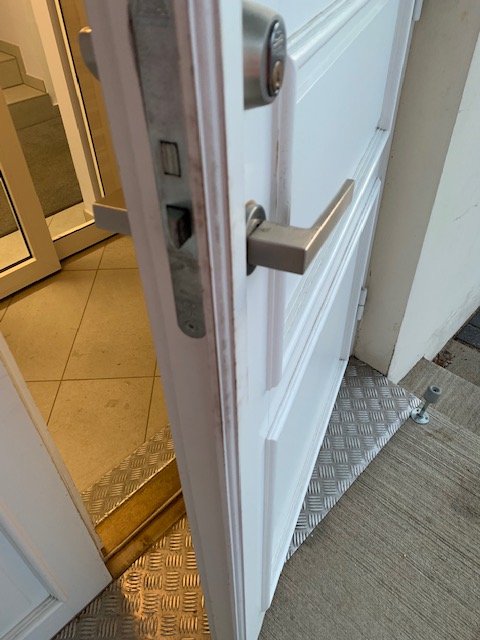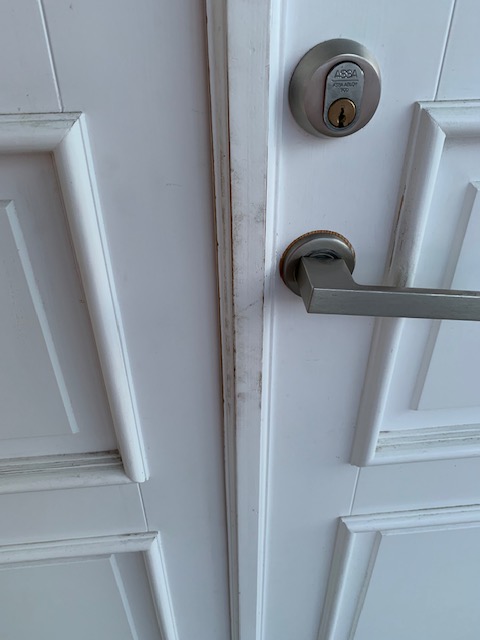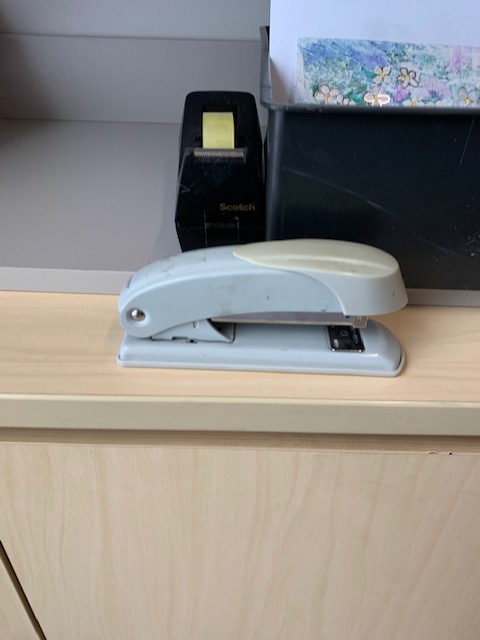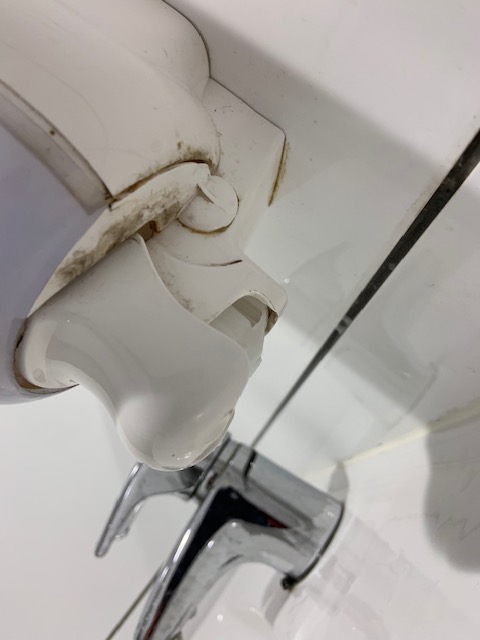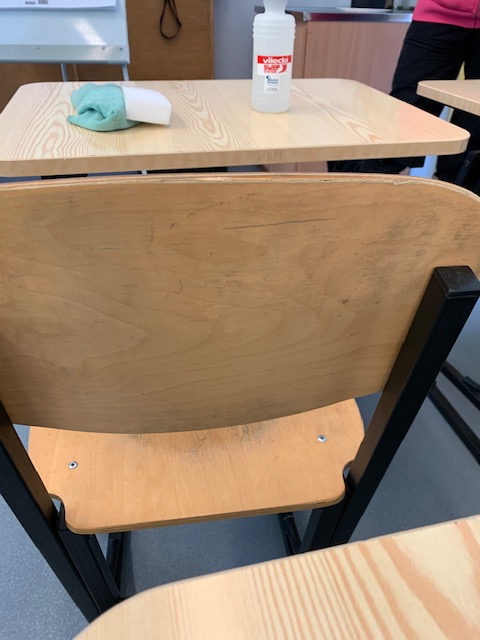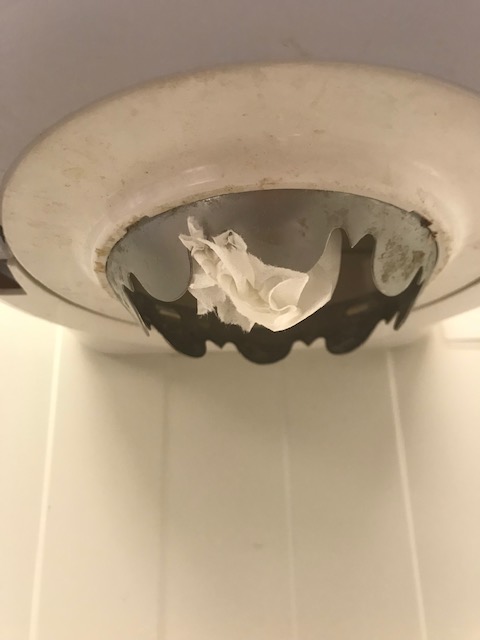info@puhastusekspert.ee +372 5611 1048
Puhastusekspert’s Recommendations for Implementing the Guidelines Issued by the Health Board
On March 2, 2020, the Health Board issued recommendations for cleaning and disinfection. Aware of the daily challenges in cleaning, we provide additional recommendations to ensure that the official guidelines help achieve the desired results in your institution and home. You can find the Health Board’s guide for cleaning and disinfection here.
If there is no known specific contact with an infected individual, then preventive measures involve more diligent cleaning and surface sanitation than usual, as the virus can also spread through touching surfaces and subsequently be transmitted by hands. Below are clarifying comments on the Health Board’s recommendations for preventing the spread of the disease:
- routine wet cleaning/sanitation of frequently used rooms and objects, and more frequently touched areas, using conventional household cleaning and disinfectant (biocidal) agents (e.g., door handles, handrails, elevator buttons, light switches in rooms, chair armrests, WC and bathroom surfaces, etc.);
Recommendation:
- Frequent cleaning of touch surfaces is a key factor in preventing the spread of the virus. Firstly, it is important to notice. Unfortunately, touch surfaces often go unnoticed. Observe and consider which areas different people touch. In our experience, over 90% of the touch surfaces of soap and paper dispensers (bottom, push areas) are dirty, and they are only cleaned when attention is drawn to them. Frequently overlooked touch surfaces also include door edges, areas around handles; in schools, chair bases, backrests; shared items in offices, such as staplers, etc.
Examples of dirty touch surfaces from healthcare, educational, and catering establishments.
- Wet cleaning is necessary to loosen dirt on the surface. It is important that all surfaces requiring more than 30 seconds to dry must be dried.
Conventional agents and methods are sufficient for achieving cleanliness. For example, a very effective method is a clean microfiber cloth moistened with pure water. The appropriate moisture level is important for the cloth to effectively bind dirt! Based on current research, this method sufficiently removes infectious viruses, and there is no need for disinfectants in preventive work. However, if disinfectants are desired, the product data sheet must be read carefully. Typically, disinfectant cleaning agents require an exposure time of approximately 10-15 minutes to achieve a disinfecting effect.
Also watch our video on cleaning touch surfaces.
- ensuring adequate ventilation in rooms
Recommendation:
- Ventilating rooms is also appropriate.
3. adherence to hand hygiene requirements
Recommendation:
- Washing hands upon returning home, after using the restroom, before eating, after smoking, after contact with potential sources of contamination, etc., is very important. However, a crucial step in hand washing is hand drying. Suitable options for this include paper or a clean, single-use fabric. Mechanical drying removes most of the dirt, washing residues, etc., from the hands. When drying hands with various air blowers, mechanical drying does not occur. Therefore, it is advisable to carry paper for hand drying in case hand towels are not available in the restroom being used.
- organizing the cleaning of commonly used items after use (e.g., VR glasses in gaming centers and other items) and/or minimizing their possible use.
Recommendation:
- It is important to map the use of commonly used items and determine who is responsible for cleaning. Conduct a walkthrough of the facility and identify all dirty items. Visible dirt serves as a good refuge for microorganisms. However, it is worth noting that visually apparent cleanliness does not equate to cleanliness in terms of microorganisms. Discovered dirty items must be cleaned, and the responsibility and frequency of their future cleaning must be clearly defined. In other words, if something is dirty, it should be clear whose responsibility it was and how often it will be cleaned in the future. In many institutions, there are items that, for example, a cleaning company is not required to clean, and in fact, the staff themselves do not clean them either. Examples include printers, shared kitchen appliances, telephones, computer keyboards, etc. Similar problems can also be found in places with higher hygiene requirements, such as date guns in large kitchens, various office equipment in medical institutions, wheels of medical supplies, and lower parts of equipment.
Key factors in cleaning/sanitation to prevent the spread of diseases:
- During the spread of diseases, it is advisable to clean touch surfaces more frequently than usual.
- Used cleaning textiles (cloths, mops) must be clean. Cleaning textiles must be washed in a washing machine at a sufficiently high temperature after each use. For washing machines intended for home use, this means 65-90°C; for professional mop washing machines, follow the manufacturer’s instructions. Cleaning textiles cannot be effectively cleaned by hand washing in a bucket of water or under a tap. It is also important to consider the handling and path of cleaning textiles to prevent contamination before use.
- The appropriate moistening of cleaning textiles is important. If a wet method is used (where the surface takes more than 30 seconds to dry), then the surfaces must be dried. If left to air dry, dirt and microorganisms will remain on the surface.
- In dirt removal, mechanical action plays an important role, meaning one must wipe firmly enough. With gentle “stroking,” a significant portion of dirt and microorganisms will remain unremoved.
- The folding of cleaning cloths and an aseptic working method are important, meaning one moves from cleaner to dirtier areas, turning to a new side of the cloth when cleaning different surfaces, etc. The goal is to collect dirt, not spread it around.
- When cleaning or sanitizing surfaces, use protective gloves, which must be washed and dried or replaced with new ones after each cleaning session.
If you believe we can assist you in achieving a reasonably sufficient level of cleanliness, please contact us! The objective of all our services is to attain the necessary cleanliness level as optimally as possible. It is crucial that every cleaning motion removes the maximum amount of dirt!
Puhastusekspert’s training calendar can be found here.
In the coming weeks, an updated book titled “Cleaning A to Z” will be published. The book compiles the most important basic principles of cleaning into 24 pages. It is available in both Estonian and Russian. If interested, please contact us.
